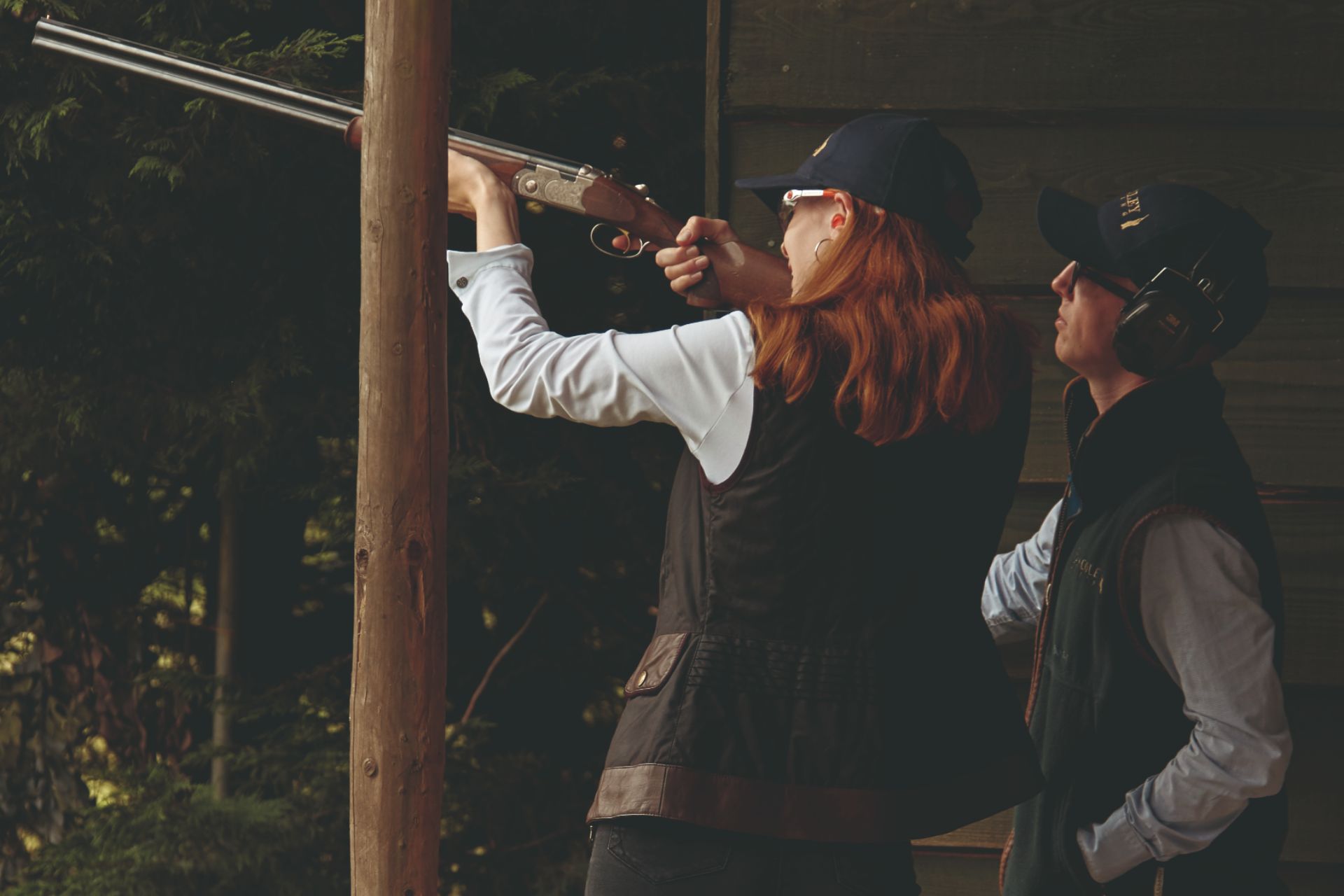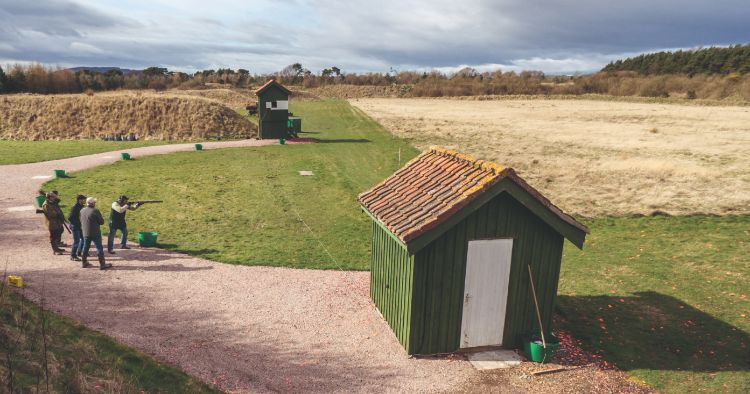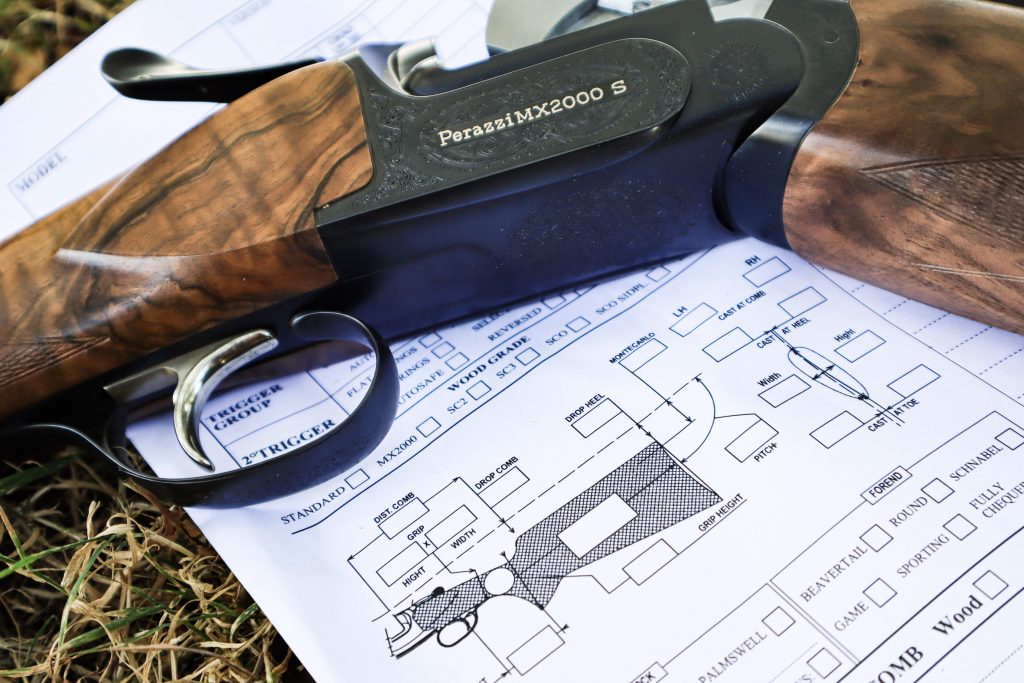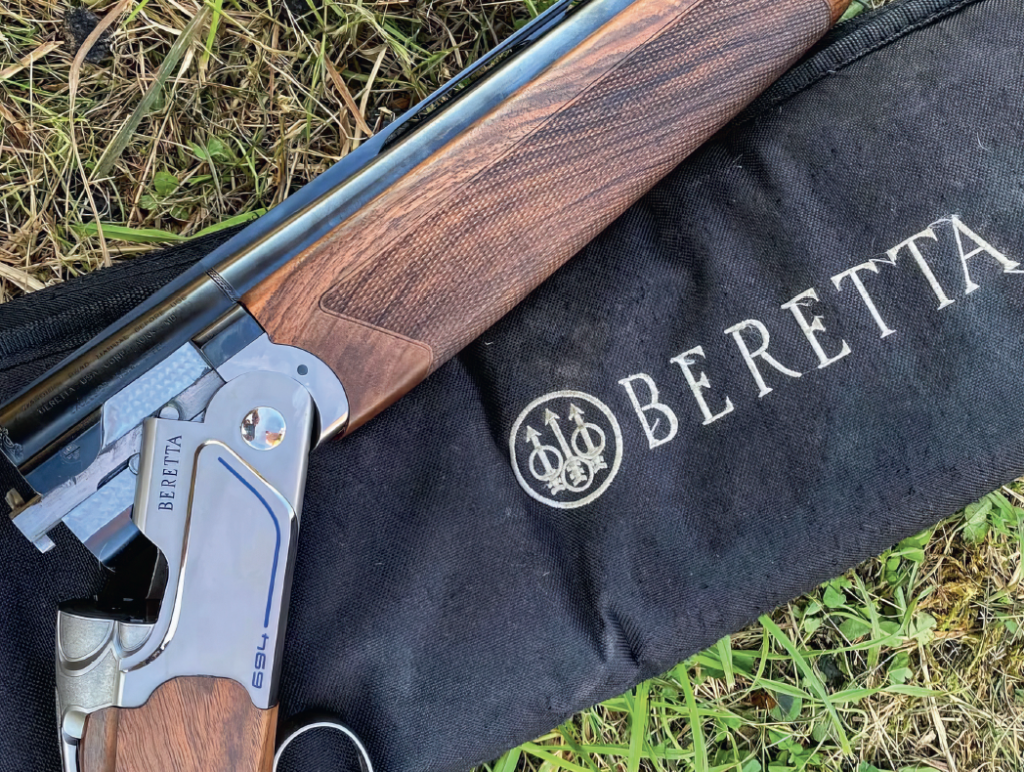Clay disciplines demystified
Jasper Fellows breaks down some of the UK’s most popular clay disciplines
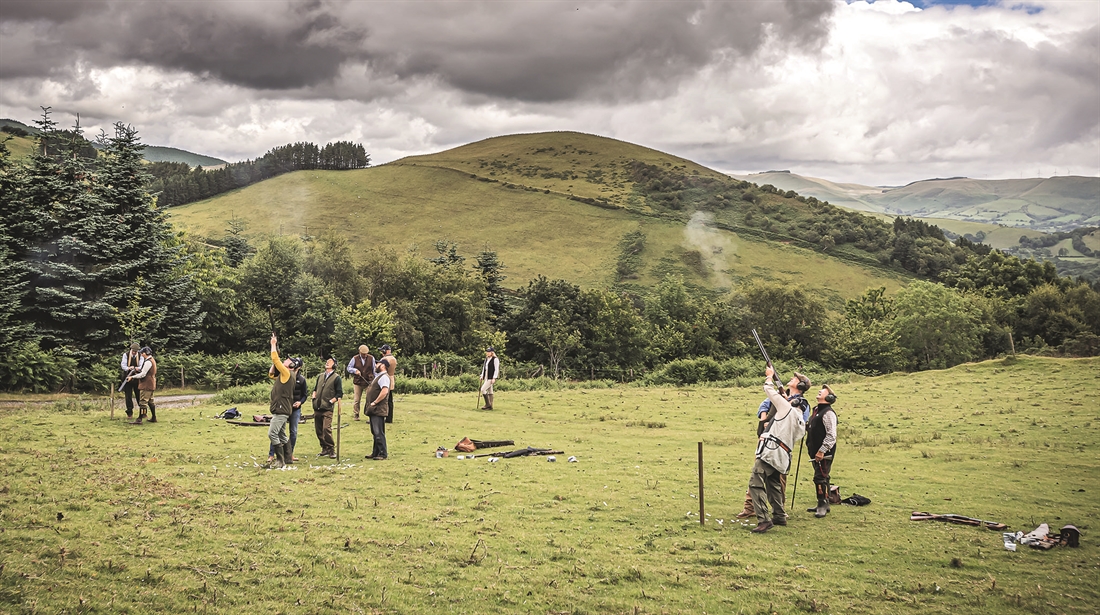
Variety is the spice of a clay shooter’s life. However, even the most experienced clay-breaker can struggle with the differences between disciplines. To help enlighten beginners and seasoned Shots alike, we’ve put together a guide to some of the most common disciplines shot in the UK.
English Sporting (ESP)
English Sporting is the most popular form of clay shooting in the UK, with the CPSA reporting that more than 50% of registered targets shot come from the discipline.
Originally envisioned as a replacement for the shooting of released live pigeons, English Sporting courses consist of a series of stands dotted across any number of terrain types, with targets often designed to replicate the flight paths of game animals.
Generally, each stand of an English Sporting course will present several pairs, i.e. two clay targets thrown simultaneously, on-report or following immediately after one another, though single targets may also be presented.
English Sporting course-setters are limited only by what is safe and practical, meaning there can be far more variation than in the more restrictive Trap and Skeet disciplines.
FITASC Sporting (FITASC)
Governed by the French Fédération Internationale de Tir aux Armes Sportives de Chasse, FITASC is often seen as a ‘gun-down’ version of English Sporting. This means shooters are not allowed to mount their gun until the targets are thrown and visible.
Often, a registered FITASC shoot will consist of 100 targets, spread across four 25-targets layouts, known as parcours, though this may differ at larger events. Those layouts will feature both singles and pairs, with full use of the gun allowed across all targets.
All the single targets of a parcour will be shot by the first man in a squad, followed by the second, continuing until all squad members have tackled the single targets. Then the pairs will be presented, with the squad rotating through the stand, starting with the second man in the squad, until everyone has had a go at all the targets.
Unlike ESP, FITASC is not shot from a cage, rather from a one-metre square or hoop on the ground. This gives the shooters a wider firing arc and allows the setter further opportunities for wider presentations.
Sportrap (STR)
A squadded discipline, Sportrap is always shot by a squad of five, with each gun taking to one of five stands, positioned in a line with three metres separating each stand.
From each position, shooters will tackle five targets consisting of one single target, an on-report pair and a simultaneous pair.The traps from which these targets will be thrown will be displayed on a ‘menu’ positioned in front of each stand.
Starting with the shooter on stand one, each competitor will tackle their single in turn before shooter one proceeds to attempt the on-report pair. This pattern of turns continues.
Once each shooter has made their way through all of the targets on their stand, the shooters move down one position. Once all shooters have tackled all stands, scores are awarded out of a total 25 breaks for that trap. Additional traps may be set up at larger events, to give a score out of 100.
Super Sporting (SSP)
Only recently recognised by the CPSA, with registered events now springing up across the country. Super Sporting is a beefed-up version of English Sporting, with each stand offering up to four targets. A typical stand will see shooters tackle these targets as both singles and pairs, on-report and simultaneous to reach between six and 10 targets attempted in total. Thankfully, a menu of the presentations should be made available on each stand.
Down-the-Line (DTL)
A DTL layout consists of five stands positioned in a crescent 16 yards behind a single trap house. Inside the house, an oscillating trap will launch single targets at a set height, but with a random horizontal angle set between zero and 22.5 degrees from a centre post that is positioned 50 to 55 yards in front of the house. Starting with the shooter on the leftmost stand, competitors will tackle one target at a time. Once each competitor has attempted one target, the shooter in position one tackles a second. This pattern continues until every competitor has attempted five targets from their stand. Then each competitor moves one position to the right, with the shooter in position five moving to position one.
This continues until every shooter has shot five targets from every stand, for a total of 25 targets. Only single targets are presented, but competitors are allowed to utilise both barrels, with three points awarded to a single shot break, two points for a double shot break and zero points for a miss.
Olympic Trap (OT/OTR)
One of the sport’s toughest disciplines, Olympic Trap sees squads of six competitors stationed on a line of five stands. In front of the stands, 15 traps lay hidden in a trench. Each stand has three traps assigned to it, one to the left, one to the right and one essentially straight ahead.
Each stand offers five targets, two left, two right and one relatively straight ahead. Although the direction the targets will be thrown is pre-destined, the angle is not, with a horizontal variation of 45 degrees and a vertical variation of 0.5 metres to three metres within 10 metres of travel being possible.
Competitors attempt one target on each stand in order, with the squad rotating to the following stand once a line has been completed. Competitors continue to rotate until all have attempted all five targets on each stand, for a total of 25 targets per person in a round.
Competitors have full use of the gun with no points deducted for a second shot hit.
Olympic Skeet (OS/OSK)
Olympic Skeet sees shooters take on seven stands arranged in a semi-circle, with an eighth placed centrally within that semi- circle. Two trap houses throw the targets, a high house, positioned behind station one, and a low house, positioned behind station seven.
On stations one, two and three, competitors will face a high single followed by a pair, with the high target of the pair being shot first. Station four offers a high single then a low single. Stations five and six offer a low single then a pair, of which the low target must be shot first. On station seven a pair will be offered, with the low target shot first.
Competitors then return to station four for two pairs shot high target first, then low target first. Finally, competitors head to the centre eighth station for a high single followed by a low single for a grand total of 25 targets.
Simulated Game
An admittedly broad term, Simulated Game usually refers to targets that are specifically designed to approximate the flightpaths of driven game and shot over natural landscapes, rather than on a manicured clay grounds.
Many grounds offer high tower arrays, from which clays can be launched to extraordinary heights and in extraordinary numbers, with shooters tackling the targets from traditional looking stone grouse butts.
In recent years, full-service sim days have become remarkably popular, with several top shooting estates now hiding traps in hedgerows and behind hillsides to offer a more naturalised traditional game shooting experience and all that entails, but without the feathers.
SUMMARY OF TERMS
Single
One target presented alone.
Pair
Two targets presented either simultaneously, on-report or immediately following one another.
Simultaneous
All targets released at the same time.
On-report
The second target of a pair is released when the competitor fires their first shot.
Full use of the gun
Competitors are allows to utilise both barrels to take down their targets
Stand
Quite literally, where the competitor stands. In ESP this will be a cage or box, in the Olympic disciplines or FITASC this may just be a square on the ground.
Trap
The machine from which clays are launched. Though may also refer to individual Olympic Trap courses.
Squad
A group of competitors shooting a course together. In most disciplines, they will be competing against each other, rather than as a team.
The Olympic disciplines Olympic Skeet and Olympic Trap and occasionally Double Trap are known as the Olympic disciplines, though Double Trap was removed from the Olympic roster in 2020.




